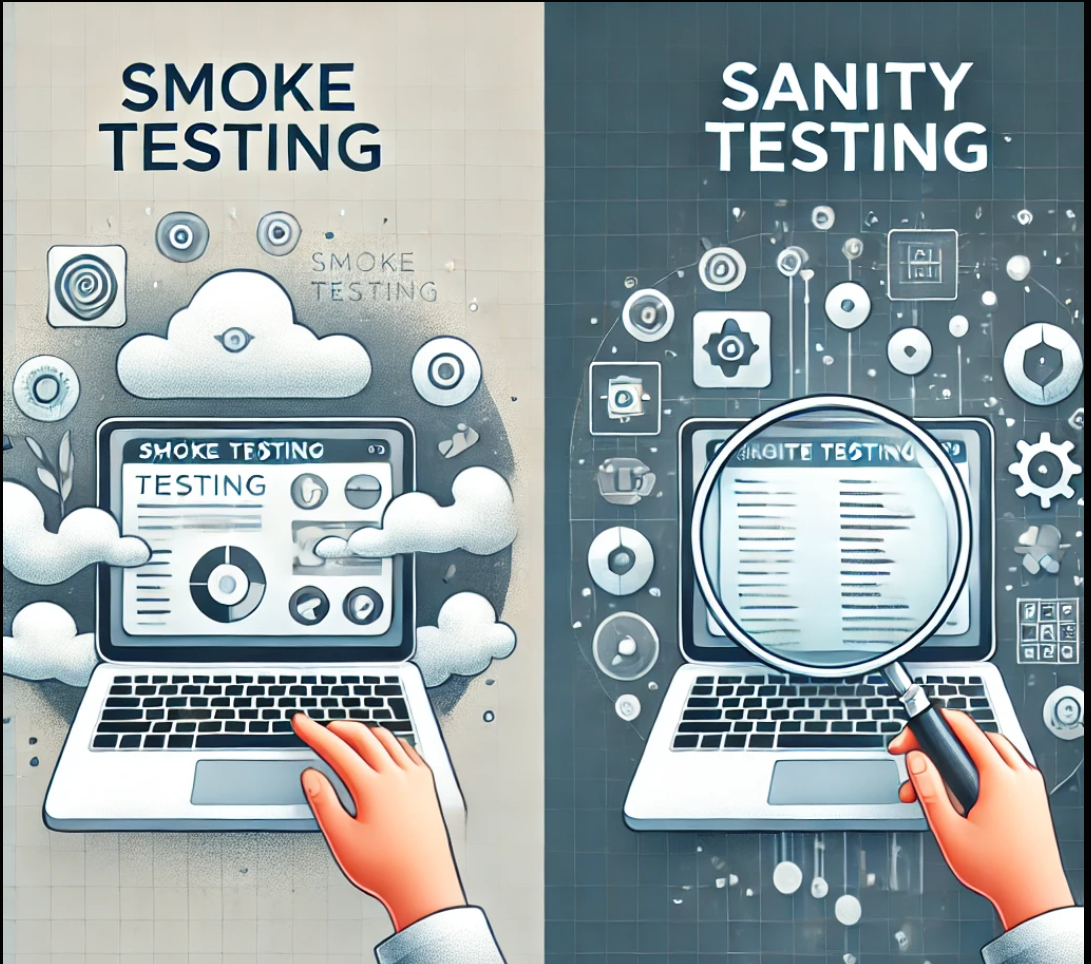
In today’s fast-paced software world, applications are constantly updated to add new features, fix bugs, or enhance performance. But with every update, there’s a risk of introducing new issues or breaking existing features. This is where regression testing plays a crucial role. Let’s dive into what regression testing is, why it’s essential, and how it’s performed.
What is Regression Testing?
Regression Testing is a type of software testing that ensures recent code changes haven’t negatively affected existing features. The goal is to verify that updates, bug fixes, or new functionalities do not interfere with the software’s stability and functionality.
Imagine you have a mobile app that works perfectly. Your team decides to add a new feature, like a notification system. While adding this feature, it’s possible that some existing functions, like the login process or user profile, may unintentionally break. Regression testing catches these potential issues, ensuring the app continues to work as expected.
Why is Regression Testing Important?
- Prevents New Bugs: Every time code is modified, there’s a chance that new bugs may appear in unrelated parts of the software. Regression testing helps identify and eliminate these bugs early.
- Ensures Stability: Stability is critical for a positive user experience. Regression testing ensures that users won’t face unexpected issues due to recent updates.
- Builds Confidence: Developers and stakeholders gain confidence in the product’s quality when they know every update is thoroughly tested.
- Saves Time and Costs: Fixing bugs after they reach the end-user can be costly and time-consuming. Regression testing helps catch issues early, reducing potential rework.
When is Regression Testing Performed?
Regression testing is commonly performed after:
- Bug Fixes: When a bug is fixed, it’s important to ensure that it doesn’t cause problems elsewhere in the application.
- New Feature Addition: Adding new features can have unintended side effects on existing features, so regression testing is necessary.
- Performance Enhancements: When the code is optimized for better performance, it’s essential to ensure that the optimizations don’t break anything.
- Code Refactoring: Refactoring improves code readability and structure without changing its behavior. However, regression testing is necessary to confirm the unchanged behavior.
Types of Regression Testing
- Unit Regression Testing: Focuses on testing only specific units (small parts) of the code. It isolates the newly modified unit and checks if the change affects its direct functionality.
- Partial Regression Testing: In this type, testers validate the new code along with some surrounding functions. It’s useful when changes are expected to affect a broader part of the application.
- Complete Regression Testing: When changes are major or could affect many areas of the application, complete regression testing is performed to test the entire application. It’s thorough but can be time-consuming.
Example of Regression Testing
Let’s take a simple example to understand regression testing:
Imagine an e-commerce website with a checkout process that includes adding items to the cart, applying a discount, and making payment. Now, the development team introduces a new feature – gift wrapping option. This change might seem small, but it could potentially interfere with the discount application or payment processing.
During regression testing, testers would:
- Verify that the gift-wrapping option works as intended.
- Check that discounts are still applied correctly.
- Ensure the payment process is unaffected.
Regression testing in this scenario helps ensure that the new feature doesn’t break any existing functionality in the checkout process.
How is Regression Testing Done?
- Manual Testing: Testers manually re-run previously created test cases to ensure everything works as expected. Although effective, it’s time-consuming and may not be feasible for large applications.
- Automated Testing: Automated tools run test cases quickly, saving time and reducing human error. This is particularly useful for repetitive tasks or large applications. Some popular tools for automated regression testing are Selenium, QTP (QuickTest Professional), and JUnit.
- Test Case Prioritization: Since testing everything manually can be time-consuming, prioritizing test cases helps. High-priority cases are tested first, focusing on the most critical functionalities.
- Test Case Selection: Instead of testing the entire application, testers can select only those test cases that are directly impacted by recent changes. This makes regression testing more efficient.

